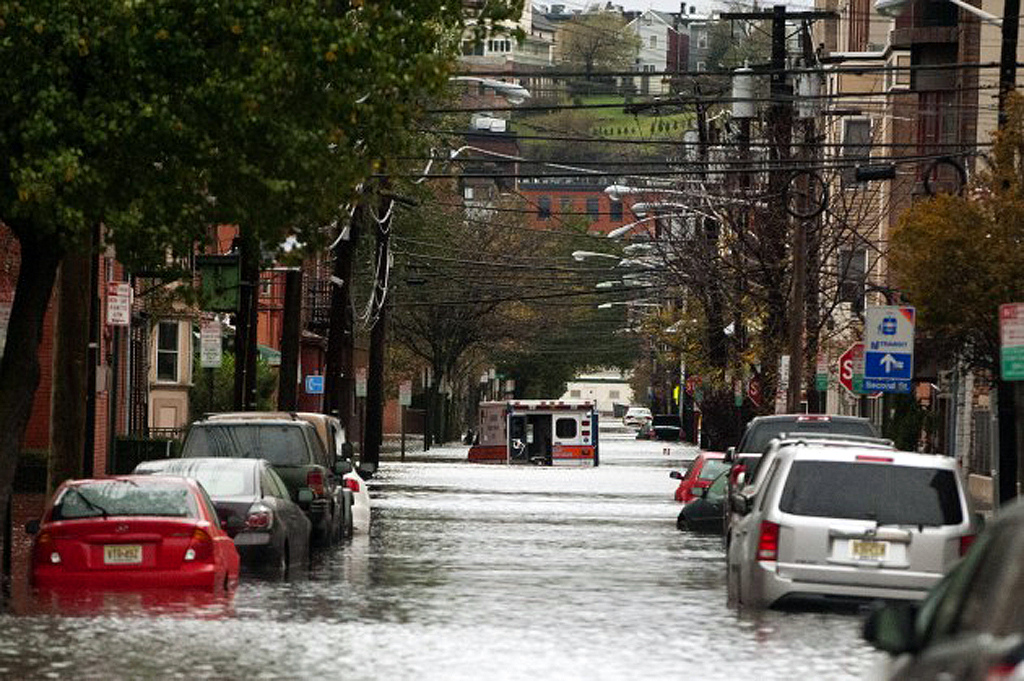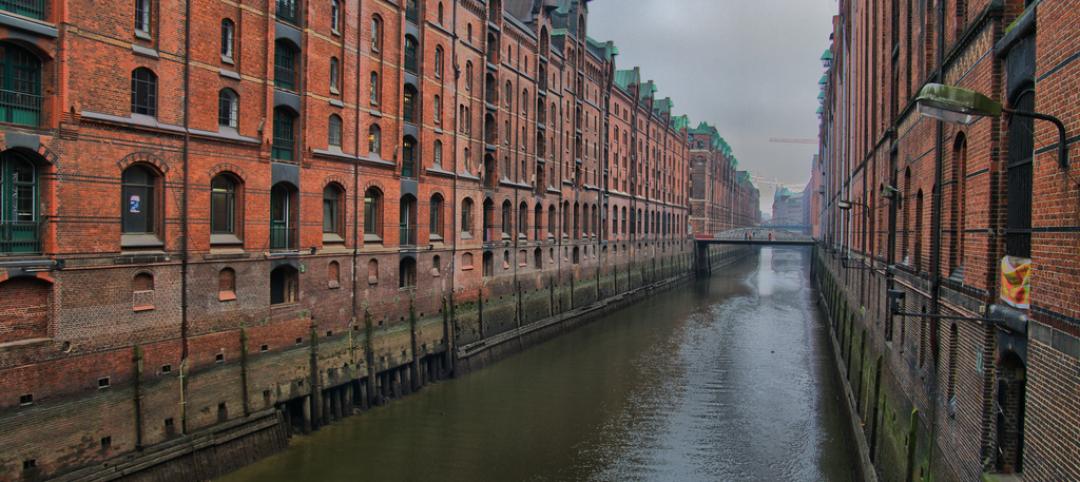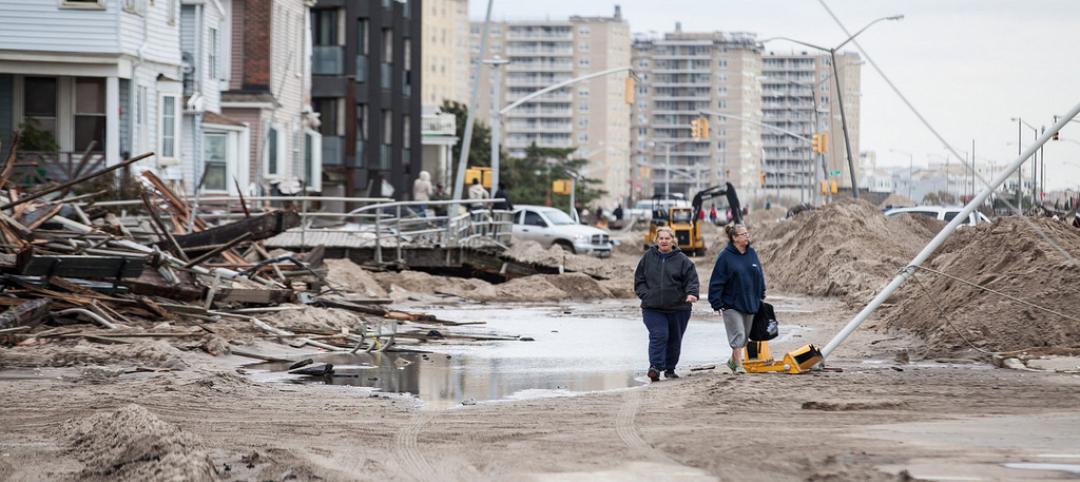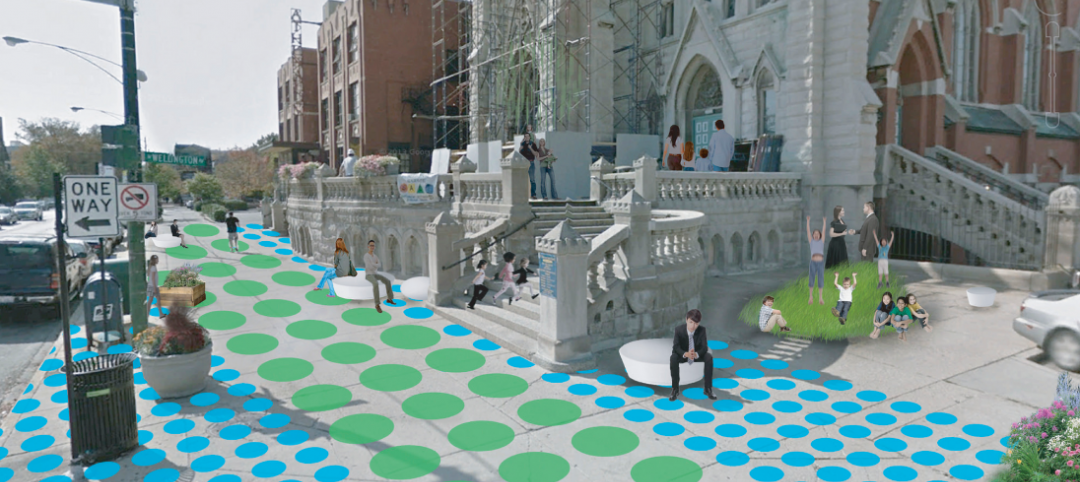The nonprofit Federal Alliance for Safe Homes (FLASH) released a paper, Disaster Resilience Rising Means the Time is Right, offering recommendations to strengthen the U.S. building code system.
FLASH says communities are missing out on pre-disaster opportunities to strengthen disaster resilience—updating, adopting, and enforcing strong building codes. “An uncompromising system of strong, continuously updated building codes with consistent enforcement is essential to our country’s pursuit of disaster resilience,” said FLASH President and CEO Leslie Chapman-Henderson. “However, some states are not keeping pace, or worse, they are losing ground. We must use codes to innovate the way we build, and win against the mounting human and financial cost of disasters.”
FLASH proposes the following six innovations to the current U.S. building code system:
- Establish a standing code and standard development process to accelerate post-catastrophe, forensic engineering insights into model codes and standards.
- Optimize property protection opportunities in model code and standard development by balancing all of the existing values, including public health, safety, and welfare.
- Evaluate, integrate, and leverage public and private sector beyond-code standards and programs into the International Code Council system to ensure continuity, increase awareness, and support disaster resilience innovation.
- Enhance code development by broadening the representation of interest groups on the International Residential Code technical committees.
- Support code adoption and enforcement mechanisms through an enhanced, well-resourced system of information provision to state and local officials as well as the public regarding benefits and mechanics of building codes and disaster-resilient construction.
- Increase engagement by all stakeholders in the building code system through robust participation in each phase, including model code development, state and local adoption, and enforcement.
Related Stories
Smart Buildings | Nov 30, 2015
New neighborhoods in Hamburg, Germany resilient to flooding, carbon neutral
Mixed-use areas built on brownfields and derelict districts.
Smart Buildings | Nov 13, 2015
Miami Beach making plans to cope with rising sea levels, flooding
The city has turned to sea walls, raised streets, and pumping stations.
Smart Buildings | Nov 11, 2015
No eyes on the road: The impact of driverless vehicles
The idea that space can be repurposed by breaking dependence on the purchase, maintenance, and storage of a big machine is a great boon for the sustainable future of cities, writes SmithGroupJJR's David Varner.
Smart Buildings | Nov 9, 2015
White paper promotes incentives for improved disaster resilience
The white paper makes the case that the most cost-effective manner to achieve resilience is through a holistic and integrated set of public, private, and hybrid programs.
Smart Buildings | Nov 5, 2015
JLL names 10 emerging world cities
Mexico City, Shanghai, Istanbul, and seven other world-class cities have experienced rapid economic growth and real estate development.
Cultural Facilities | Oct 28, 2015
New York City’s underground 'Lowline' green space enters the testing phase
If realized, The Lowline would provide 1.5 acres of green space for the Lower East Side of Manhattan.
Seismic Design | Oct 22, 2015
Taipei 101 tower named 'world's toughest' building by Popular Mechanics
Popular Mechanics named the 10 structures that best withstand floods, winds, storms, and earthquakes.
BIM and Information Technology | Oct 19, 2015
New web tool from MIT organizes human movement in interactive graphs
Users can explore the mobile phone activities in London, New York, Los Angeles, and Hong Kong.
Smart Buildings | Oct 8, 2015
Brookings announces the Bass Initiative on Innovation and Placemaking
The think tank's goal is to stress public spaces, urban economies, and inclusive growth in city building.
Smart Buildings | Sep 28, 2015
Architects Foundation issues first annual report on National Resilience Initiative
The report, which includes the work of three schools, examines how architects work with communities through the National Resilience Design Network.

















